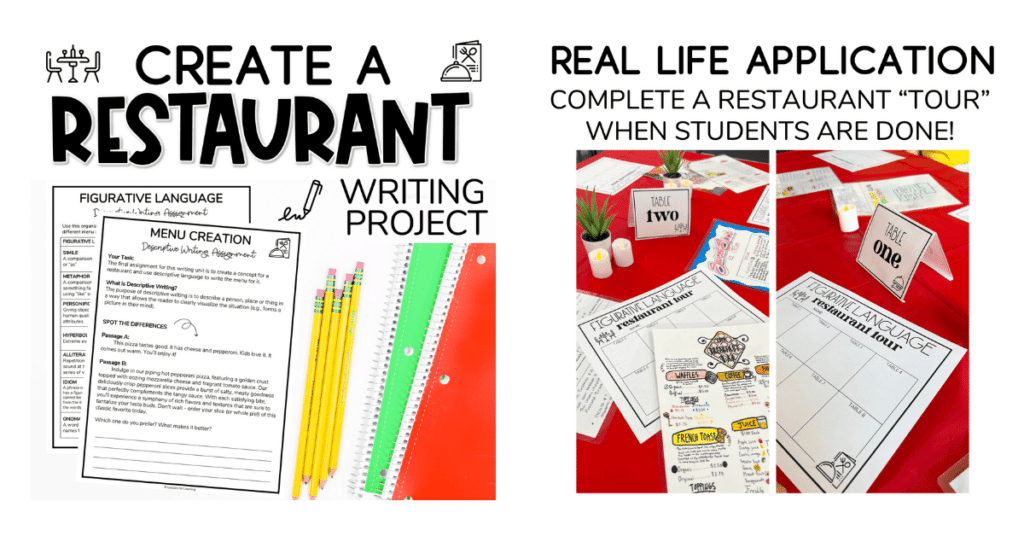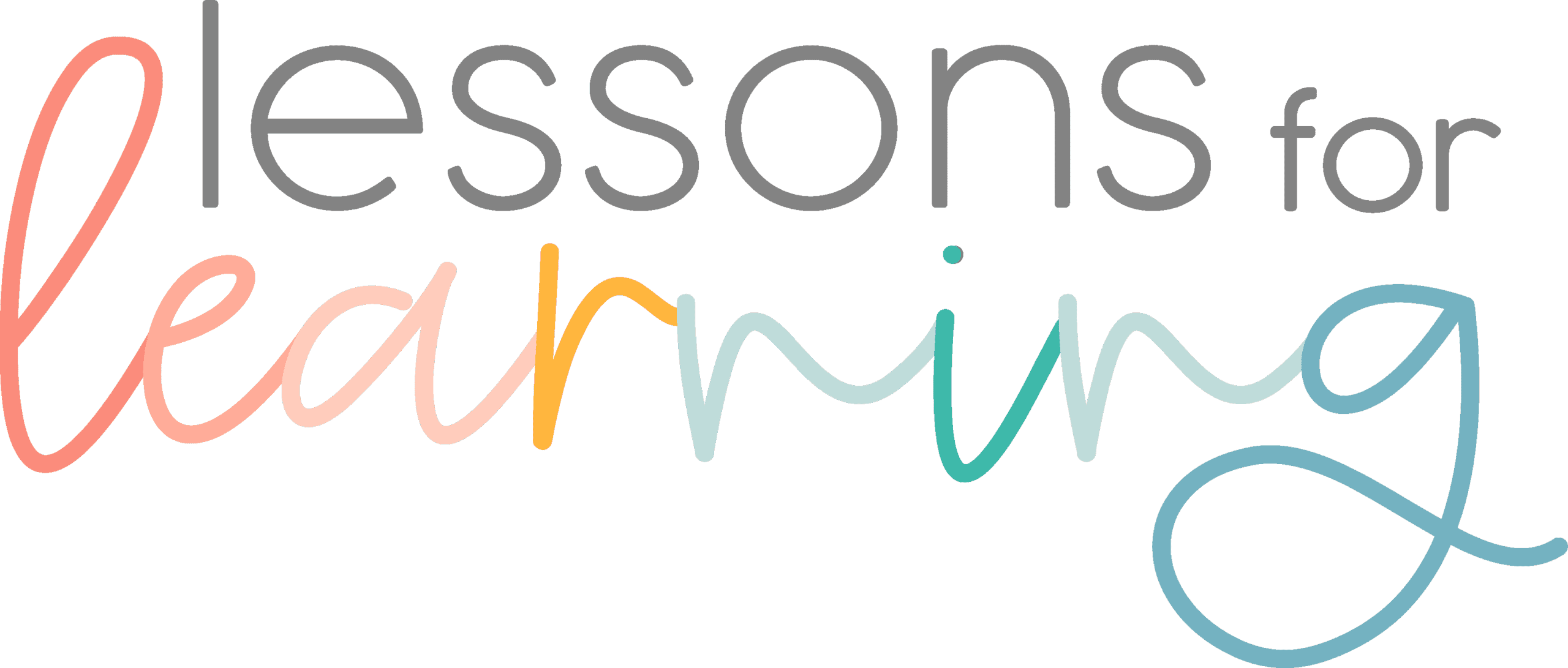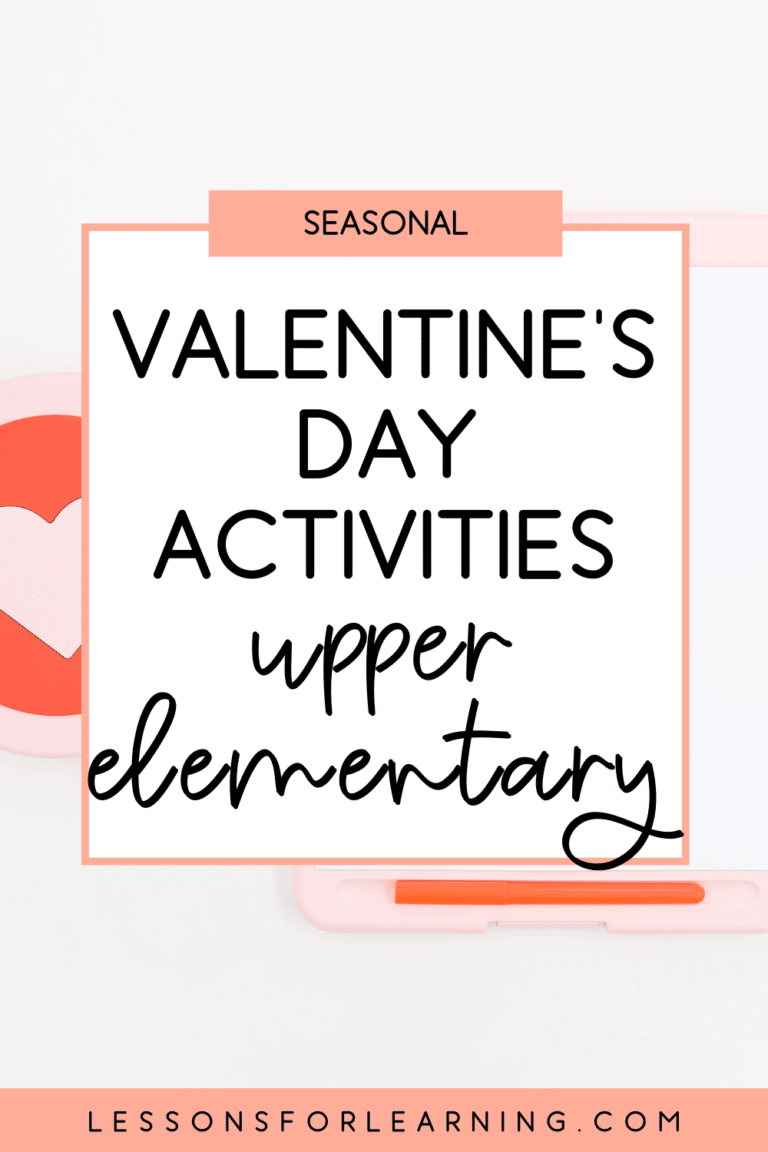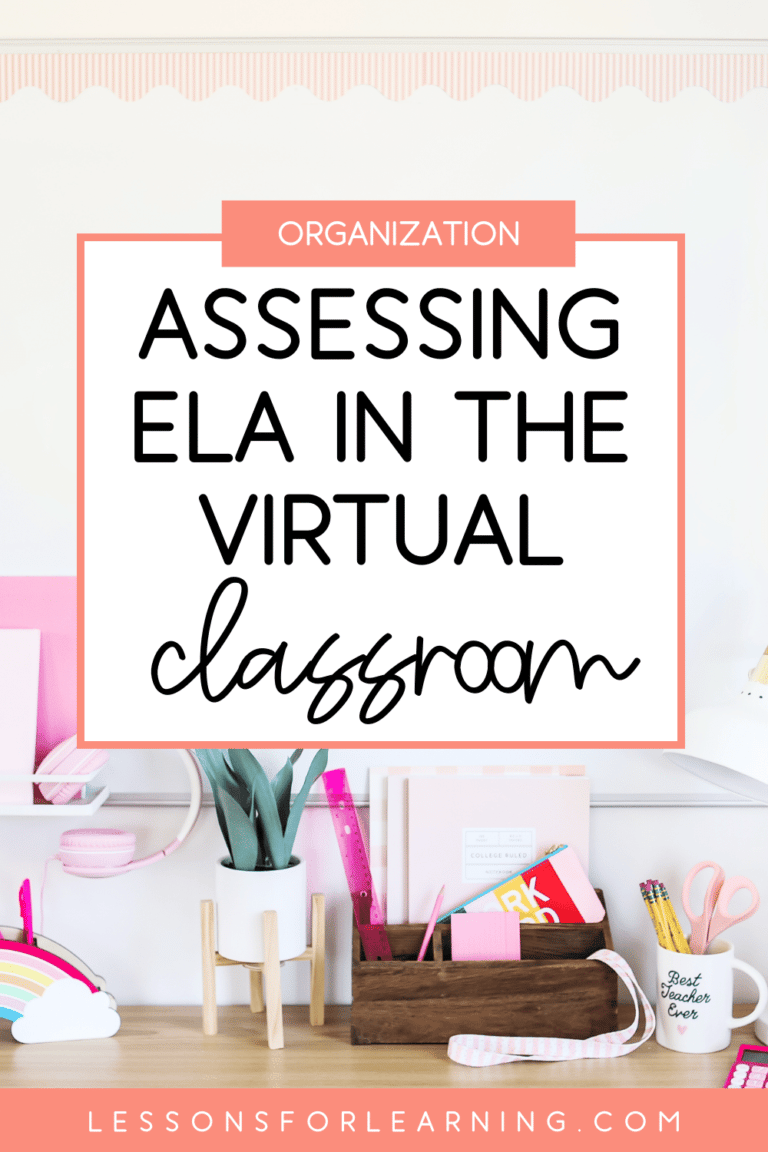If you’re on the hunt for a FUN way to teach figurative language, you’ve come to the right place. Today, I’m excited to share an engaging project that never fails to be a student favorite: Create a Restaurant Writing Project. But fear not, even if you decide not to go all-in with the resource, I’ve got some additional tips to ensure your students have a blast while learning about figurative language.
Step 1: Figurative Language Introduction
To kick things off, we’ll introduce our students to the world of descriptive writing. We’ll present two examples of text, one lacking in description and the other portraying a vivid pizza restaurant scene. Encourage your students to discuss which one they find more appealing and ask them to justify their choice. This is the moment when we introduce the exciting project – their very own restaurant creation.
Step 2: Adjectives/Adverbs
Once your students are hooked on the idea of creating a restaurant, it’s time to let their creativity flow. They’ll come up with their unique restaurant concepts. To lay the groundwork for vivid descriptions, dive into adjectives and adverbs. Spice it up by having them complete a “Dead Words” activity to replace mundane descriptive words with more exciting ones that can be used to depict food and restaurants.
Step 3: Figurative Language
Now, it’s time to get into figurative language. We’ll review various types of figurative language like similes, metaphors, and personification. Let your students explore passages to find examples of these figurative elements in action. Afterward, challenge them to choose three different types of figurative language they want to use in their menus to describe the delectable dishes.
If your students need more practice with this, I absolutely LOVE introducing figurative language with these posters. I’ve used modern, unique examples to make sure students *actually* remember the difference between all the different types.
Step 4: Sensory Details
Building on their figurative language skills, we move on to sensory details. Help students understand the importance of appealing to all the senses to create an immersive experience. They’ll read passages to find examples of sensory descriptions, focusing on how they can transport diners into the ambiance of their restaurants. The descriptive paragraphs they craft should be more about the vibe and atmosphere than just the food.
Step 5: Menu Design
To bring in a little art and media literacy (we LOVE cross-curricular grading), students will design their restaurant menus on paper. Encourage them to get creative with this step, from the layout to the imagery. This adds a hands-on element that can make learning about figurative language more interactive and enjoyable.
Step 6: Restaurant Tour

As a grand finale, we’ll wrap up the project with a “restaurant tour.” Have your students read through each other’s menus and rate their favorites. This not only fosters collaboration and discussion but also allows them to appreciate the diverse use of figurative language in their peers’ work. When I did this with my students last year, I did a mini (and affordable) room transformation using tablecloths, battery-operated tealights & snacks. I sent home an email and students also brought snacks and food to include in the tour!
Click here to grab the resource!

And there you have it – a fun and engaging way to teach figurative language through the creation of a restaurant menu. But wait, if you’re not quite ready to invest in the resource, here are some additional tips:
- Incorporate Games: Integrate figurative language into fun, interactive games like Pictionary, charades, or even a figurative language scavenger hunt in texts.
- Storytelling: Encourage students to create their stories, incorporating figurative language to make their narratives more vivid. They can share their stories with the class or even turn them into illustrated books.
- Food Item Description: Instead of completing a full restaurant menu, you can have students come up with examples for just a couple of foods.
- Modern “Slang” Assignment: challenge students to find examples (or create their own new slang terms) that incorporate figurative language. My posters would be a great place to start and give them some ideas!
If you’re looking for more blog posts on writing units, check out my blog posts on narrative writing, descriptive writing prompts or back-to-school writing projects!
Happy teaching! 🍕📚🎨
























